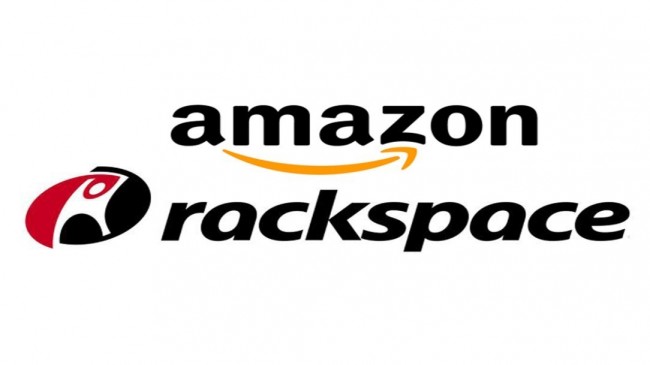The company explains the competitive advantages and the reasons for the delay in the launch of its smartphone glasses.
Following the news last week about the release of vrAse, we got in touch with Michael Schiaffino, CEO of Eyedak, to try to know more about their product and their plans now that the Discovery edition is already on the market, which is not the official one for which they have not yet fixed a price. Schiaffino says that his device offers greater performance than the rest of the case type viewers (those that require a mobile phone for use) and that, despite the arrival of the standalone, they see future to this type of devices that they catalog as “smartphone glasses”. Regarding their plans, they point out without going into details that they are preparing a “real bomb” for the RV market, although it will be necessary to wait to know more about it.
Below we can read all the questions and answers:
How is your visor different from the competition?
Within its category (devices that use the smartphone to generate VR&AR) there is product difference (design and better features, which can be seen on the official website) and brand difference (it is confirmed by the world press that we were the pioneers). vrAse proposes the approach to the pure concept of “glasses” as such (from ” case “we have matured to” glasses”), which in this case is intended for use with the smartphone… as an example we would have, instead of sunglasses, vrAse are smartphone glasses. This” small ” nuance has very interesting repercussions that will be revealed progressively over time. The first phase is to allow the popularization of the third generation (the first was to use the smartphone in the ear and currently still most is the 2nd generation; using fingers to interact) of smartphone-based experiences.
Is there currently a market for this type of viewers considering the arrival of the standalone?
We strongly believe that it is. We rather ask ourselves the reverse question, whether there is a sustainable (long-term) market for standalone products. Our arguments are as follows:
- Logic: For us the standalone is a vrAse with the smartphone stuck to the inside. There is nothing they offer that cannot be incorporated into smartphones. Likewise, we do not know of any historical example of device that has resisted the smartphone (GPS TomTom? radios? cameras? etc.).
- Market: Currently VR & amp; AR is dominated by solutions that use what was once called a ridiculous idea. It is clear that there will always be specific solutions (market niches), but most users already have their smartphone and it will be the first thing they will update… then if there is money for other “gadgets” will already be seen. This also makes most developers find this type of solutions more attractive, because the user base is immensely higher and they are more likely to monetize the investment made.
- Current benefits: The next standalone viewer of an American company dedicated to social networks will have features that are half of what they offer already, today, high-end smartphones (see difference between Snapdragon 845 vs A12 Vortex).
- Future benefits: It is almost impossible to compete against an entire industry (smartphone). Recently it was announced the creation of a forum to enable VR&AR with 5G. Smartphones will be the devices that always incorporate the latest technology first.
- Integration: We think it’s not practical to compete with the smartphone. More resources would have to be devoted to improving the smartphone to give a higher quality to VR&AR experiences.
- Economy: Standalone devices force an economic outlay that many people cannot / want to make.
- Ecology: With standalone devices we are forced to have another device at home, along with the problems of updating to the latest technology, recycling cycle management, etc.
Why such a big delay in your production?
We have chosen to make a production outside of China, entirely national, and that has led to overcome a series of very great challenges and obstacles that have involved a great effort, both economically and temporally. Or to put it another way, in Spain there is still no industrial fabric and supports / mentality that facilitates this type of hardware development.
What audience is it intended for (companies or the whole world)?
We don’t want to leave out anyone who bets on quality smartphone-based VR. It is mainly aimed at those people / companies that have already had some exposure to smartphone-based VR and want to improve the experience with a device with higher performance / quality and independent of the platform (Android / iOS).
What has influenced that the price has almost doubled compared to the Kickstarter?
The device that was taught in the campaign was a 3D printed prototype … more of a concept than a product. Investment in certification and development processes has been very costly. With vrAse A1 we want to be on top in the category we create ourselves. The announced price is for the launch of a limited edition of vrAse, called “Discovery” (the price of the official edition is yet to be defined). As a reference we compared the price with brand sunglasses.
What are your plans from now on with vrAse? any other projects on the way?
We are preparing a real bomb for the RV market, perhaps it will launch in this 2019, but we have learned from past mistakes and this time we will not announce anything until it is available for sale the same day of the announcement.
Anything you want to add?
We know perfectly well that we have many things to improve, we are a hardware startup (Spanish!) and that’s tremendously difficult and complicated. We have been fulfilling milestones, step by step, or as you would say in football terms “match by match”… first launch a revolutionary idea, second reach the goal of product development, third deliver a product far superior to the promised in crowdfunding, etc.








